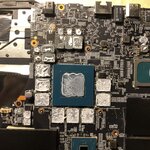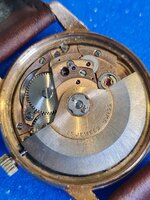Hello folks!
I just found a very nice 14", and I will be installing an mSATA 64GB card in a few days. I've done this on 3 other G4's and it's Fun & Easy...just have the Apple install DVD's ( Tiger and Leopard ) and it's very easy and fun.
So: what about the CPU's heat sink paste? I've not done this before ( recall hearing that it can do more 'harm' than good...?! ), but I'd like to hear from those who know more about these machines than I do!
If the idea is that I should ( must?? ) re-do the paste, just how is it to be applied, and does anyone have a favorite Brand?
As always: Thanks!
I just found a very nice 14", and I will be installing an mSATA 64GB card in a few days. I've done this on 3 other G4's and it's Fun & Easy...just have the Apple install DVD's ( Tiger and Leopard ) and it's very easy and fun.
So: what about the CPU's heat sink paste? I've not done this before ( recall hearing that it can do more 'harm' than good...?! ), but I'd like to hear from those who know more about these machines than I do!
If the idea is that I should ( must?? ) re-do the paste, just how is it to be applied, and does anyone have a favorite Brand?
As always: Thanks!


